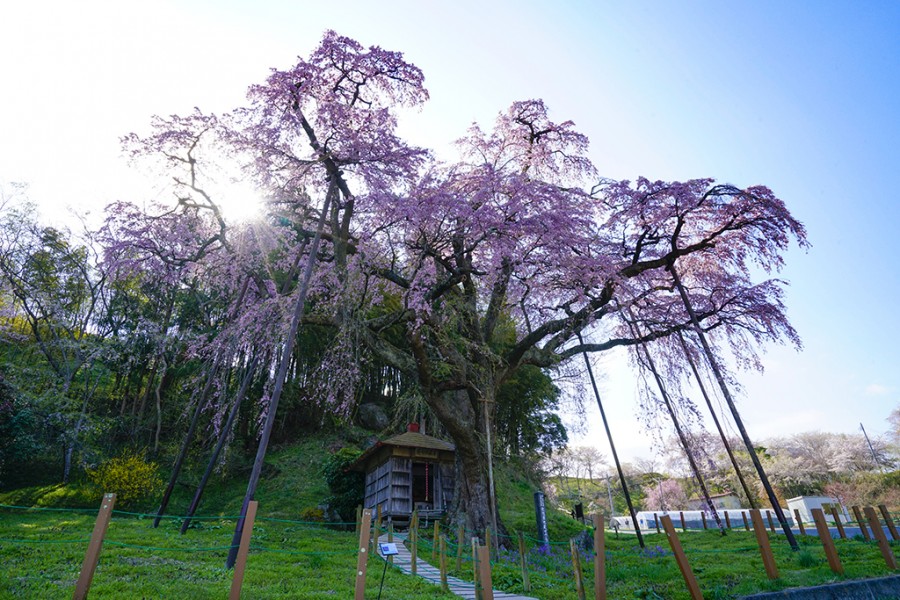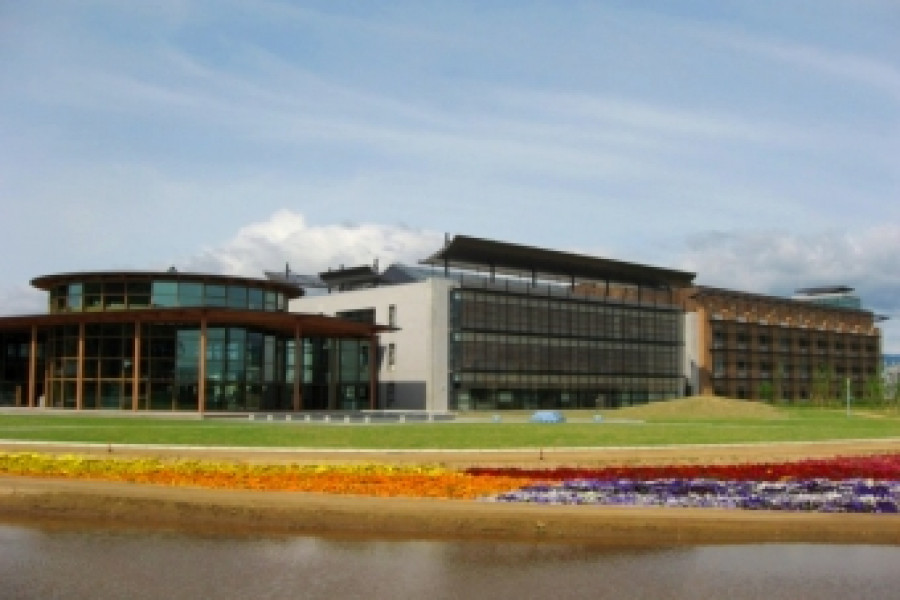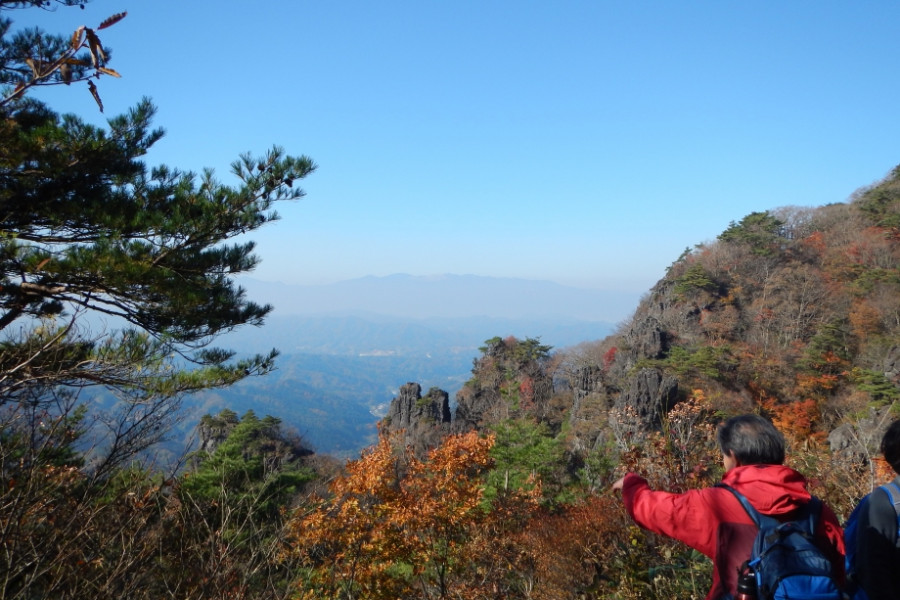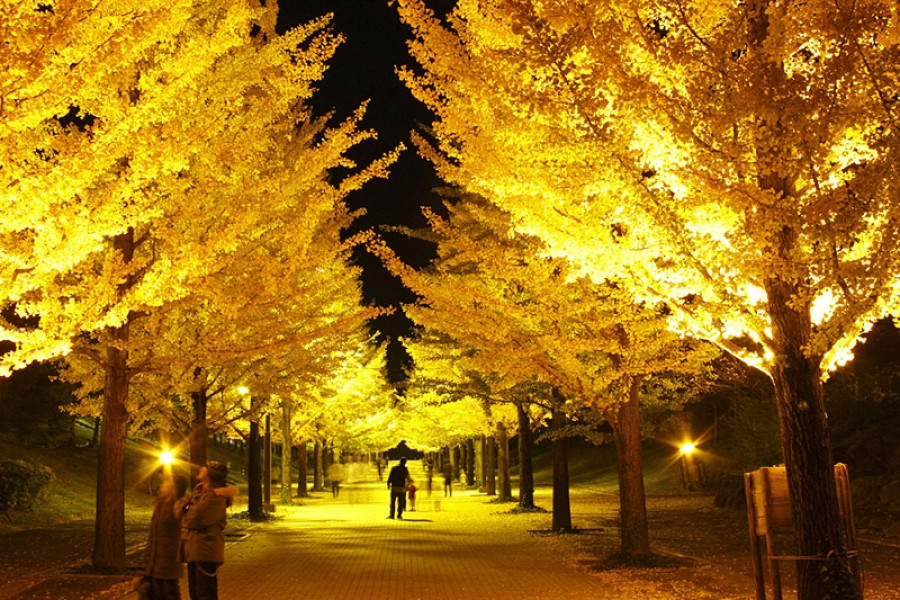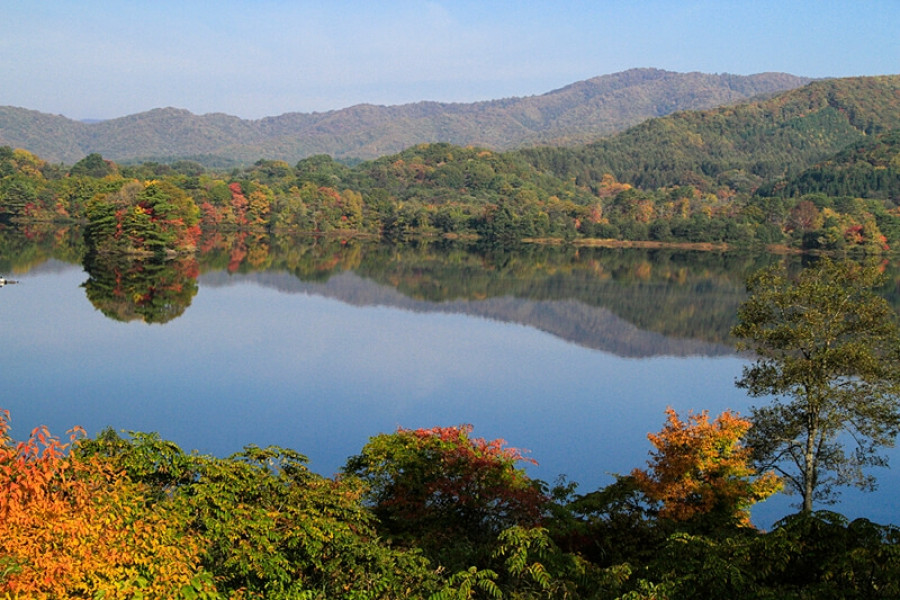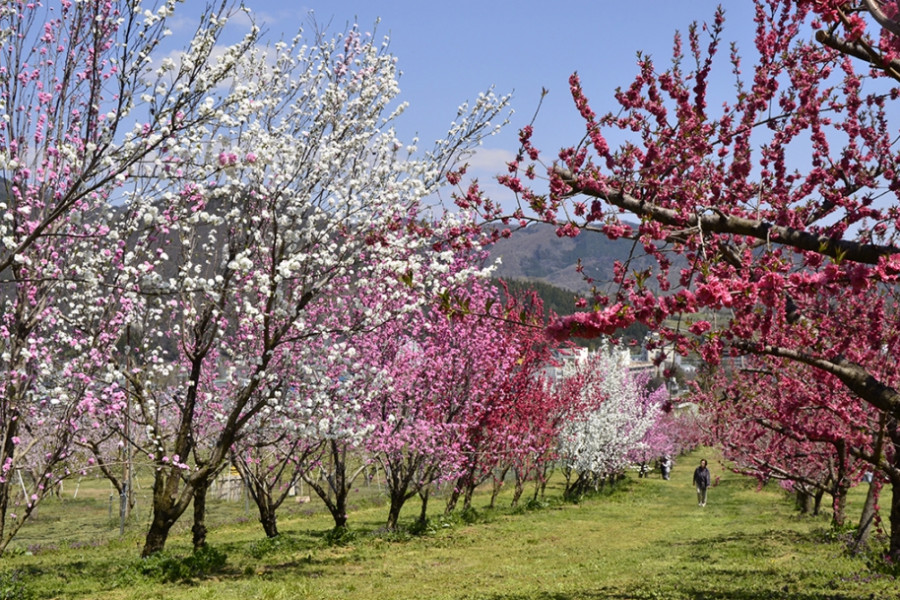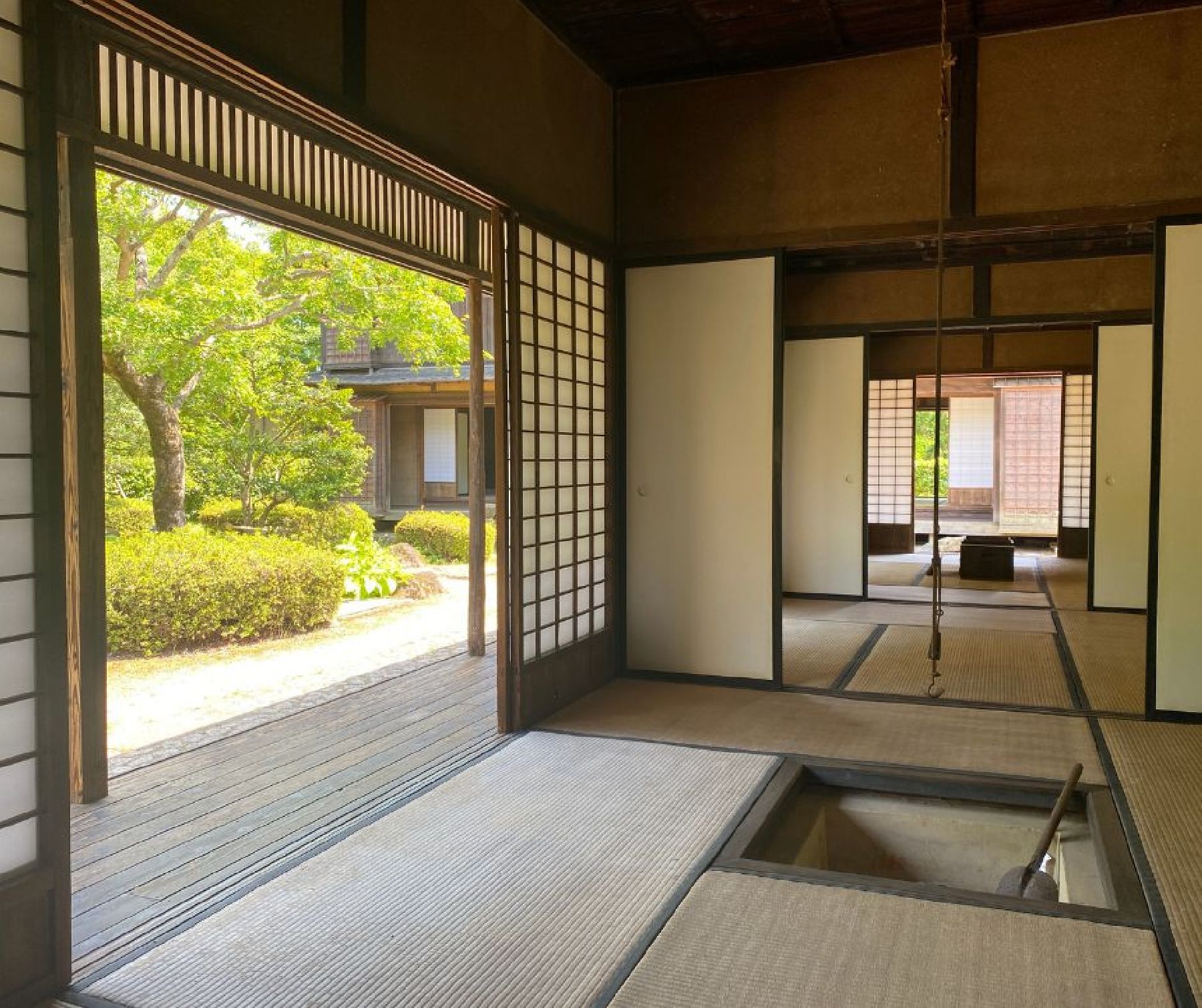
Fukushima City Minka-en Open-Air Museum
Traditional structures from northern Fukushima built between the Mid-Edo to Meiji era (1700 – 1912) – including restaurants, private houses, storehouses, and even a theater – have been relocated to Fukushima City Minka-en Open-Air Museum.At Minka-en these buildings are restored and displayed to the public, along with a range of artefacts and tools used in daily life in years gone by.Also, a number of special events, such as sword-smithing demonstrations, are held every year to celebrate and promote traditional folk crafts and skills.
